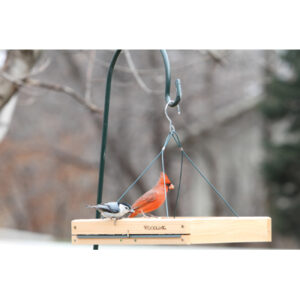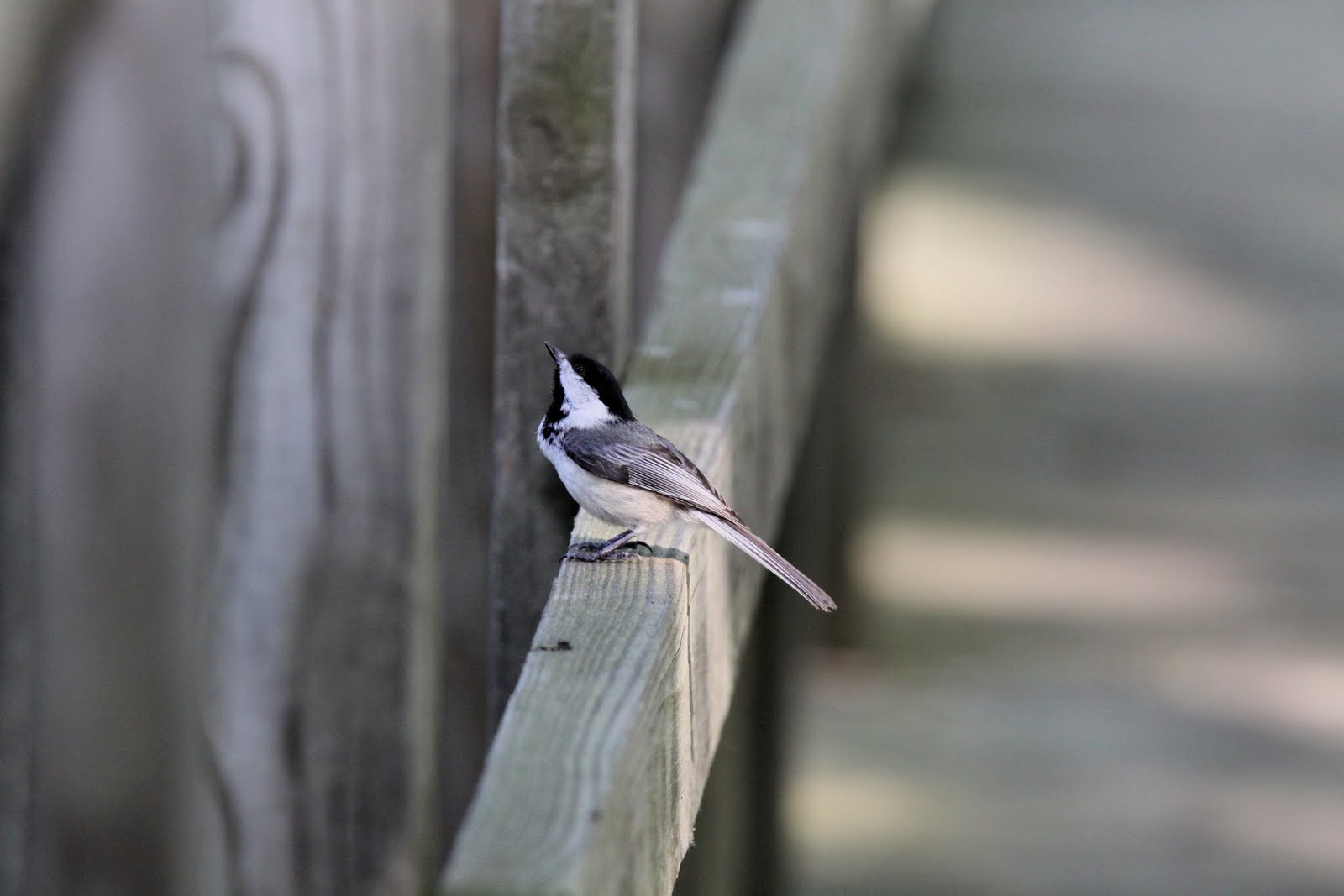Frequently asked questions about Chickadees
Chickadees are one of the most common and beloved backyard birds. Here are the answers to some of your most frequently asked questions about chickadees…
How do I know if chickadees are in my area?
One of the seven species of chickadees almost certainly lives in your area, if you live in North America. In northern areas, you may be able to attract several different species.
- In the northern United States and most of Canada, Black-Capped chickadees are common.
- North Eastern states and Canada is also home to the Boreal Chickadee.
- In the Southeastern United States, the Carolina Chickadee is most common.
- Northwestern Canada and Alaska play host to the Gray-headed Chickadee.
- The aptly named, Mexican Chickadee, can be found in the Southwestern U.S. and parts of central Mexico.
- The most common chickadee in the Western United States is the Mountain Chickadee.
- Finally, the Chestnut-backed Chickadee lives primarily in the Northwestern U.S.
How can I attract chickadees to my yard?
Whichever area of North America you live in, attracting chickadees to your yard is a simple process. The trick is to provide for these enchanting little bird’s needs year round. In the winter, food, ice-free water and shelter are paramount. In the spring, nesting boxes are needed for breeding. During summer months, make sure a water supply is always present via a bird bath or small pond.
What type of bird feeder do I need for chickadees?
Chickadees are one of the least picky birds around. They will eat insects, seeds, peanut butter, suet, and fruit. They will feed on platform feeders, tube feeders or cling feeders. If high-quality food is available, you’ll have Chickadees at your feeders. Think about the needs of some of the pickier birds you’re trying to attract first, chickadees will come too!
Where should I mount my feeder?
 The simple chickadee is unconcerned with the location of their bird feeder, for the most part. However, you’ll want to help protect them, just like any other bird, by keeping the feeder as predator-free as possible. Follow these steps to predator-proofing your bird feeders:
The simple chickadee is unconcerned with the location of their bird feeder, for the most part. However, you’ll want to help protect them, just like any other bird, by keeping the feeder as predator-free as possible. Follow these steps to predator-proofing your bird feeders:
- Add squirrel baffles to pole-mounted feeders;
- Keep feeders at least 10 feet away from buildings, branches or other platforms that squirrels and cats could jump from;
- Add roof extensions to feeders to keep cats and squirrels from accessing them from above.
What type of birdhouse will chickadees use?
The tiny and enchanting chickadee is a cavity-nesting bird. They will use a birdhouse with a small entrance hole and the proper dimensions with ease (Read more about how to attract chickadees to your yard).


